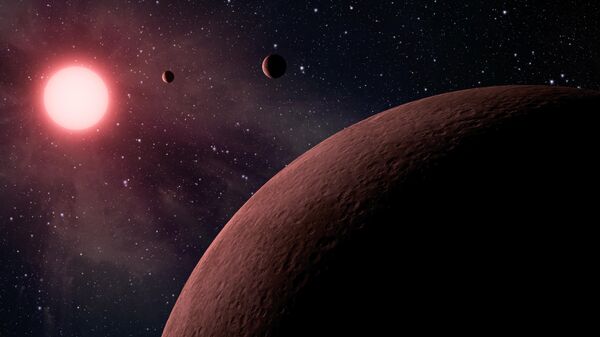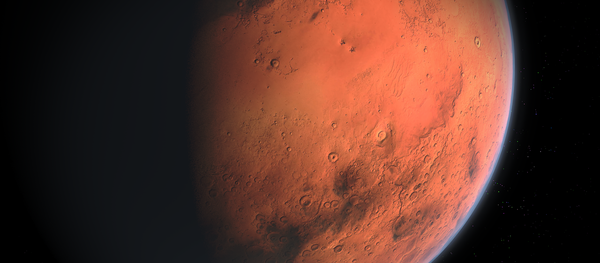Sputnik: Tell us about the importance of this discovery and what it tells us about the universe that we didn’t previously know?
Javier de Cos: It’s important because the size of the radius of the two planets is quite similar to that of the Earth. In addition, in this case statistical data from another known system tell us that the probability to this kind of system to host more planets is quite high, about 25% or something like that. So maybe there are more planets in that system that Kepler hasn’t been able to detect. Adding about what does it tells us about the universe that we haven’t known before, but we already know that there must be a lot of systems out there, but the thing is to find them. So maybe there’s nothing new apart from we are the first to find them.
Sputnik: I know that this planet was actually revealed by observing, detecting the eclipses that they produced in the stellar light of their respective stars. Can you tell us about how this discovery was actually made?
Sputnik: You said that there’ll be further spectrographic studies of this and what we will be able to learn I mean the makeup of the planet I understand will become more clear when we get the spectrographic results back…
Javier de Cos: We already have the spectrographic taken by The Gran Telescopio CANARIAS, one of the biggest in the world. And that information tells a lot of things about the star – about its metallicity, about temperature things like that. So if based on the information we already have we’re able to confirm that transit information we have from the light. In the future of course with bigger and more sophisticated telescope we will be able even to have information about the atmosphere and things like that, but at the moment we’re only able to detect the half knowledge about the possible temperature on the planet, the surface of the planet.
Sputnik: I understand these are rocky planets and it’s sort of a compact system of about three rocky planets. And when we hear that it’s at least three rocky planets, there could actually be more is that correct?
Javier de Cos: Yes, there could be. The statistical data tell us that the probability’s high, it’s over 25% to host more planets.
Sputnik: So they orbit a star every 5.2, 7.8 and 10.1 days respectively. What does that tell us about the length of a day or year on these planets?
Sputnik: These are in the status of a red dwarf, is that correct?
Javier de Cos: Yes, that’s correct.
Sputnik: And so is it older or younger that the planet Earth?
Javier de Cos: It’s younger than the planet Earth.
Sputnik: So, basically these planets could at some point cool and since they’re similar in size…
Javier de Cos: No, probably no because they’re too close. So probably the probability to host life is very low for those three. But the thing is maybe there are more there; maybe they are in a right place to have the right temperature to host life, but not these three.
Sputnik: Why is this so exciting for the scientific world, this discovery? Of course it’s great to discover planets but actually this happens fairly often, we discover new heavenly bodies that we didn’t know about with all of these telescopes and other…
Javier de Cos: I see your point. What is their importance if they cannot host life, they’re really far away? Well, the thing is this is an unusual kind of a planetary system. If you take as a reference our planetary system each planet has its own size, its own radius, those three have exactly the same radius. So the chances of having another planet with exactly the same radius, more or less, as the Earth, with the probability to host life is high. So that makes the system quite interesting to the scientific community.
The views and opinions expressed in this article are those of the speaker and do not necessarily reflect Sputnik's opinion.





